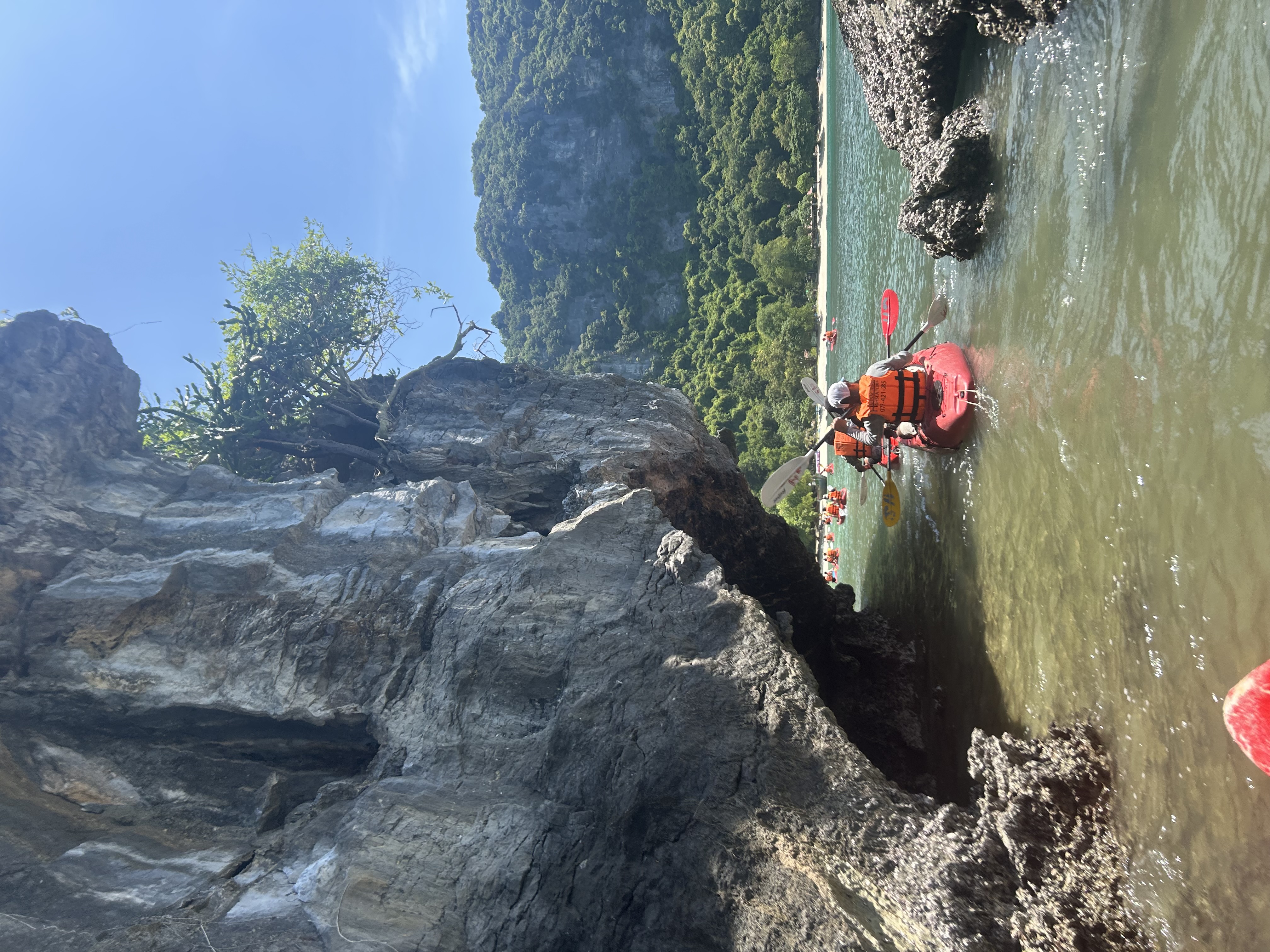Exam answers paper 2
Cards (43)
- Terminal velocity - vertical
- Terminal velocity - horizontal
- Why does terminal velocity affect air resistance?
- What is thinking distance?
- What is stopping distance?
- Factors affecting stopping distance
- Inelastic deformation
- Elastic deformation
- Three ways a spring can be deformed
- Stiffer vs flexible springs
- Springs RP (required practical)
- Electromagnetism
- Right hand grip rule (magnetic fields)
- What do you call a wire that is coiled?
- What happens if you reverse the current in a solenoid?
- 3 ways to increase magnetic field strength
- What is the motor effect?
- Left-hand rule
- How does a DC motor work?
- Calculating speed of water ripples RP (required practical)
- Low of reflection
- What is refraction?
- Do waves travel faster or slower in denser mediums?
- What happens when a wave travels into a more dense medium?
- What kind of materials are good at absorbing and emitting infrared radiation?
- What happens when infrared meets the surface of a bright shiny object?
- Leslie cube BBR practical
- Electromagnetic spectrum
- Similarities between EM waves
- Differences between EM waves
- Microwaves example
- Infrared example
- What is equilibrium in forces?
- Fluid pressure summary
- How does a microphone work?
- How does a loudspeaker work?
- Dynamo summary
- Alternator summary
- Life cycle of a star
- What is red-shift?
